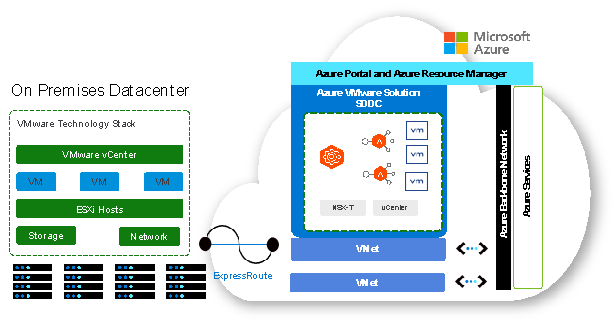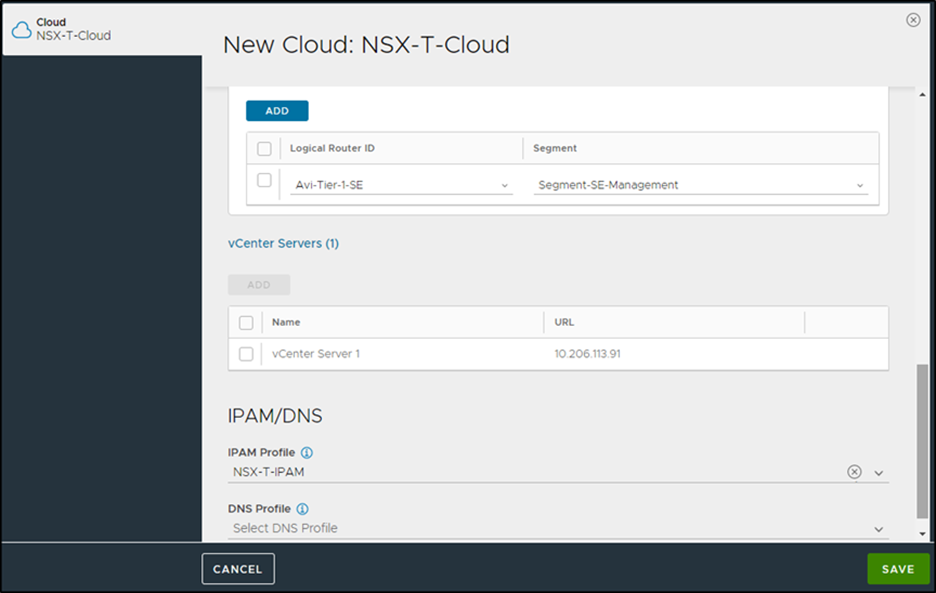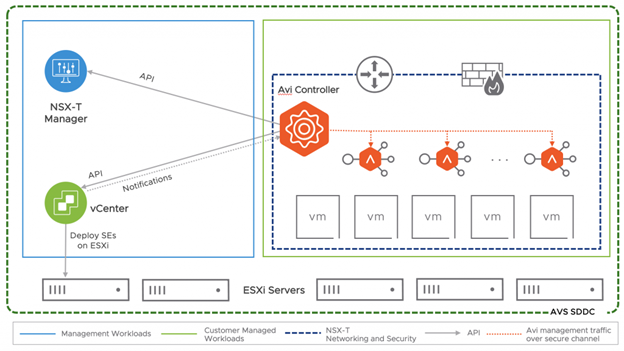With NSX Advanced Load Balancer (NSX ALB), enterprise-class applications with local load balancing, global server load balancing (GSLB), and Web Application Firewall (WAF) for workloads running on Azure VMware Solution. You can deploy the delivery service. As your data center grows or migrates from on-premises to Azure VMware Solution, NSX ALB’s full-featured load balancer enables customers to take advantage of scalable scalability, cloud-native automation capabilities, and built-in observability.
Azure VMware Solution support for NSX Advanced Load Balancer
With this announcement, NSX ALB Enterprise Edition customers will be able to receive support for Azure VMware Solution from VMware. NSX ALB Enterprise Edition has the following benefits:
- Use a software-only distributed application delivery solution with load balancing, GSLB, and WAF capabilities
- Cloud-native deployment and operation with stretchable scale capability of load balancer capacity
- With API-first design, development and DevOps teams can use their favorite automation tools, whether SDK (Python / Go / Java), configuration management / Infrastructure-as-a-Code (Ansible, Terraform), or in-house tools. It is possible to improve operational efficiency
- Delivers seamless and consistent application delivery in both Azure VMware Solution and connected on-premises datacenter environments
- Fast troubleshooting with best-in-class monitoring and observability. The analytics function is built using the REST API and works with third-party observable products.
NSX ALB supports application delivery in a variety of use cases, including:
- Lift and Shift : When migrating from a private data center to Azure VMware Solution, NSX ALB provides the rich feature set you would expect from an enterprise-class load balancer in a public cloud environment.
- Data Center Expansion: NSX ALB can provide load balancing, GSLB, and WAF capabilities for applications hosted across on-premises and Azure VMware Solution environments. Features such as GSLB allow you to control application availability patterns such as active / active topology (with options) and active / standby topology.
- Disaster Recovery: NSX ALB can leverage local load balancing and GSLB capabilities to support BC / DR scenarios for application availability.
architecture
NSX ALB provides load balancing capabilities for applications running on Azure VMware Solution SDDC. NSX ALB is attached and integrated as a load balancing solution within Azure VMware Solution, and NSX ALB Controller, NSX Manager, and VMware vCenter communicate with each other. This integration allows the Service Engine to be automatically deployed and managed on demand for automated, stretchable load balancing.

With NSX ALB, NSX-T Cloud Connector operational mode is also available in Azure VMware Solution. This takes advantage of the similar VMware infrastructure (in terms of NSX ALB-related objects) between the on-premises NSX-T environment and the Azure VMware Solution environment.
Deploying NSX ALB on Azure VMware Solution
You can deploy NSX ALB by following the steps below.
1. Deployment of NSX ALB Controller

The NSX ALB Controller resides in your environment, either Azure VMware Solution SDDC or on-premises. As an important requirement, the NSX ALB Controller must be able to communicate with the Azure VMware Solution SDDC over a private IP for the following purposes:
- Communication with NSX Manager and vCenter
- Deploying the Service Engine within the Azure VMware Solution SDDC
2. Connection between NSX ALB Controller and Azure VMware Solution SDDC

To configure NSX ALB for Azure VMware Solution SDDC, create a Cloud Connector inside the NSX ALB Controller.
Cloud Connector interacts with each component to discover compute and network resources and automate the provisioning of the NSX ALB Service Engine (a datapath entity that provides load balancing services).
Azure VMware Solution is built on the VMware Cloud Foundation stack that includes NSX and vCenter, so NSX ALB can leverage the NSX-T Cloud Connector.
Once this configuration task is complete, the NSX ALB load balancing capabilities are always available within Azure VMware Solution.
3. Create Virtual Service

NSX ALB provides an intuitive UI for configuring Virtual Services. To use Virtual Service, you need a set of pool members (application servers) in addition to the application front-end IP address.
NSX ALB also supports advanced features such as Layer 7 request and response policies, various load balancing algorithms, and health monitoring.
When the Virtual Service is created, the NSX ALB Controller deploys the Service Engine inside the SDDC. Once they are up and running, the Virtual Service is completely ready to handle traffic through these Service Engines.
Service Engine provisioning The entire life cycle is automated, and load balancing service management and provisioning is application-first.
License and support
NSX ALB Enterprise Edition is licensed from VMware. The license is based on the capacity of the data plane, that is, the number of virtual CPUs used by the Service Engine. This is called the “service core”. For example, a service engine with two virtual CPUs uses two service core licenses. The license period is typically 1-3 years and must be procured in advance.
A full-featured 30-day trial license is also available for feature verification.
VMware support organizations are responsible for supporting NSX ALB for Azure VMware Solution. For more information on VMware support services, click here please visit.
For more information about NSX ALB, including briefing sessions and demos, contact your VMware sales representative or register for a product trial here .
summary
Deploy and configure NSX ALB within Azure VMware Solution to meet all application delivery requirements in your environment.
NSX ALB is packed with features such as stretchable scalability, automated workflows, and observability to accelerate your migration to Azure VMware Solution.
Reference material
For more information on this integration, see the following resources:
- NSX Advanced Load Balancer Product Page
- Azure VMware Solution product page
- NSX ALB Installation Guide on Azure VMware Solution
